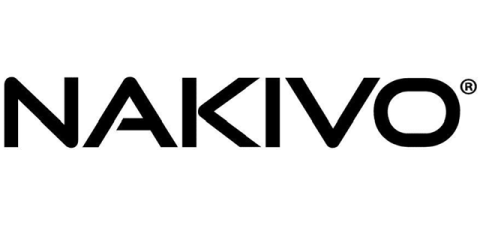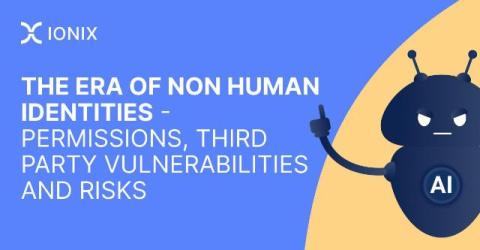Top reasons stadiums, arenas, and large public venues require DDI solutions for connectivity and coverage
Stadiums, large arenas, racetracks, and other public venues that serve as cultural event hubs often play a vital role in fostering engagements between people from all over the globe. To thrive in today’s competitive global markets, attract major events, secure long-term anchor tenants, and achieve strong attendance figures, merely hosting events is no longer sufficient to motivate consumers to pay high prices for tickets and parking.











